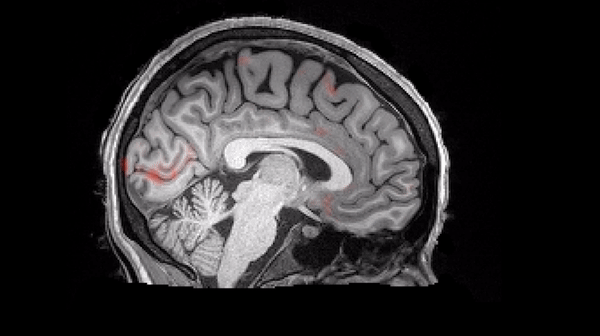How the brain transfers fear memories to long-term storage

- The hippocampus is known to play a critical role in memory, though how exactly the brain stores memories over the long term has been unclear.
- A recent study involving mice explored how the brain encodes long-term fear memories.
- The results could lead to new treatments for post-traumatic stress disorder.
How memories are encoded, stored, and retrieved is the most intensively studied topic in neuroscience, and it is well established that a brain structure called the hippocampus plays a critical role in these processes.
It is widely believed that memories are transferred to the prefrontal cortex (PFC) for long-term storage, and that their retrieval becomes more dependent on the PFC, and less so on the hippocampus, with time. There is, however, little evidence for this so far.
Research published in Nature Neuroscience now shows that modification of synapses in PFC circuits does indeed contribute to long-term storage and recall of fear memories in mice.
That the hippocampus plays a critical role in memory has been known since the 1950s, from the pioneering studies of the famous amnesic patient H.M. More recently, advanced techniques have revealed that memories are encoded by the strengthening of specific synaptic connections within hippocampal circuits, and that their recall involves reactivation of these same circuits.
The encoding of fear memories also involves coordinated activity of the amygdala. Although some studies suggest that the PFC neurons are involved in consolidating remote fear memories, a precise mechanism for how they do so has not been identified — until now.
Encoding fear memories
Ji-Hye Lee of the University of California, Riverside, and her colleagues created genetically engineered mice whose neurons fluoresce when activated. The researchers placed the mice in a cage, with a patterned wall and a certain odor, where they were given mild electric shocks.
When repeatedly shocked in this context, the animals learned to fear it. Eventually, the mice displayed freezing behavior when placed in the cage — even though they didn’t receive shocks. They still displayed this behavior one month after the conditioning.
Examination of the animals’ brains revealed that this contextual fear conditioning activated neurons in the PFC, hippocampus, and amygdala, which together form a fear memory “engram.” Artificial activation of the PFC neurons alone induced recall of the fear engram, as evidenced by freezing behavior.
Silencing of the same PFC neurons one month, but not one week, after encoding of the fear memory inhibited recall, suggesting that these cells are required for consolidation and later recall, but not short-term recall.
Further examination showed that “remote” recall relies on gradual strengthening of the synaptic connections between the PFC neurons. Conversely, extinction of the fear memory, which occurs if the animals are repeatedly returned to the same environment without receiving electric shocks, weakened the connections between the cells.
Finally, the researchers found that silencing engram cells in the hippocampus prevented subsequent reactivation of the fear engram, suggesting that memory consolidation requires ongoing activity in the hippocampus to strengthen the engram in the PFC.
Thus, long-term storage of fear memories requires strengthening of PFC circuits, and this is dependent upon ongoing inputs from the hippocampus.
The researchers are now planning to investigate whether weakening PFC circuitry could suppress remote recall of fear memories. Such a strategy could be beneficial for the treatment of post-traumatic stress disorder (PTSD), in which patients experience intrusive, persistent memories from the past.





